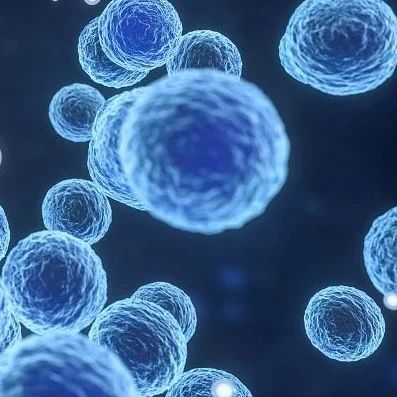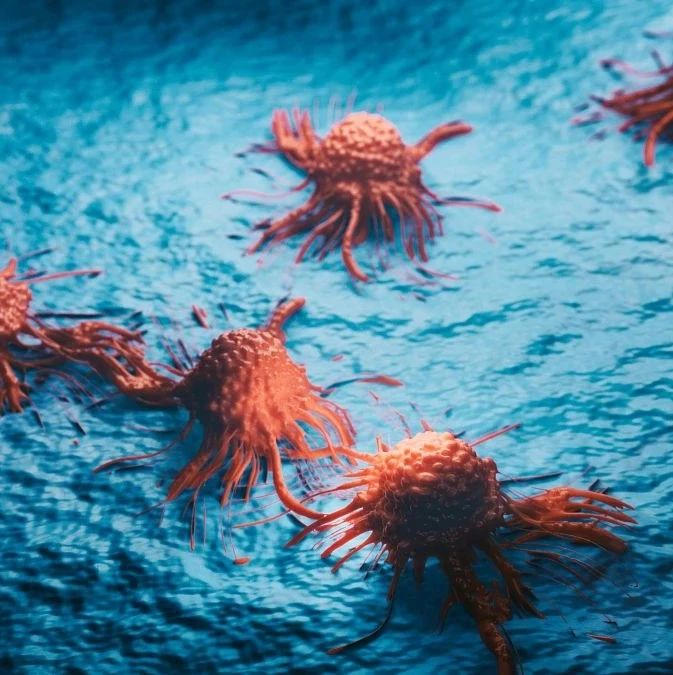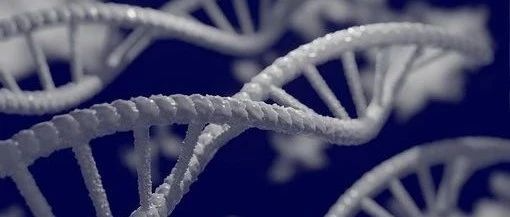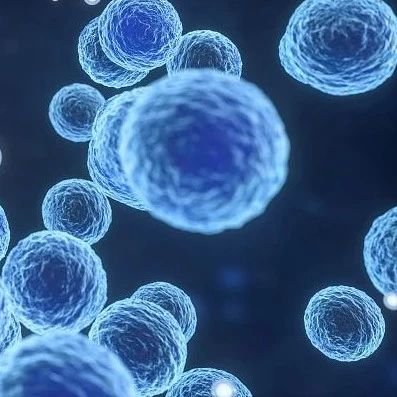
上海交通大学附属第六人民医院检验科主任高锋教授
肿瘤表面拥有一层厚厚的“糖衣盔甲”,因此常规化疗时,药物很难突破这一屏障而达到令人满意的疗效。如何破解这个难题?
上海交通大学附属第六人民医院检验科主任高锋教授课题组潜心攻关,利用生化手段,在基础研究中将“糖外衣”分解片段,并最终击碎肿瘤“糖衣盔甲”。
据披露,此项“以毒攻毒”的研究成果发表在新近出版的国际生物化学界顶级刊物《生物化学杂志》(JBiolChem2012年12月刊)上。专家认为,该项研究为肿瘤化疗提供了有力的理论证据,同时也开辟了肿瘤靶向治疗的新路径。
据高锋介绍,人体细胞表面有无数的分子环绕着,医学上统称为细胞外基质成分。肿瘤发生时,这些分子会发生成分改变,其中有部分肿瘤如乳腺癌、结肠癌、头颈部癌等的细胞表面会出现膜受体重新分布、膜受体被诱导而局部聚集成簇的现象。由此肿瘤表面形成了一层厚厚的“糖衣盔甲”,这也是导致疗效不佳的症结之一。
据了解,透明质酸是细胞外最多的糖分子,它与细胞的连接首先要通过受体CD44相互作用,在细胞外形成富含水的微环境。高峰说,这个微环境就好比细胞穿上了衬衣,而当乳腺癌形成时,这件衬衣变成了厚厚的羽绒服并把肿瘤保护起来。
多年来,国内外的科学家们一直试图找到破解保护衣的手段,以期在化疗时,能够让药物有效地进入肿瘤细胞里面。高锋课题组曾试图用HA消化酶、抗体等方法,但这些手段用到活体时,都会被体内相应的酶消化分解掉,因此难以完全奏效。
“能不能利用不会被分解的分子取代HA消化酶和抗体呢?”在这个思路的引导下,课题组于2008年瞄准了HA本身的分解片段,即透明质酸寡分子(oHA),因为oHA在活体内不会再被继续消化分解。oHA与HA在肿瘤细胞周围对准的是同一个分子,即CD44。而小片段透明质酸分子与天然透明质酸的生物学功能却截然相反,它们与CD44结合后不会形成“糖衣盔甲”,由此肿瘤表面的保护性外衣就有可能被攻破。
论文第一作者杨翠霞博士及课题组进行了三个阶段的研究,应用纳米手段将药物连接到oHA上,并伪装形成肿瘤细胞的“盟友”,潜入肿瘤表面,有效攻击“糖衣盔甲”,这一方法已在动物体内得到了验证:对照组的结果表明,该方法使化疗药物治疗肿瘤模型的疗效提高了百分之五十。

 The High and Low Molecular Weight Forms of Hyaluronan Have Distinct Effects on CD44 Clustering
The High and Low Molecular Weight Forms of Hyaluronan Have Distinct Effects on CD44 Clustering
Cuixia Yang, Manlin Cao, Hua Liu, Yiqing He, Jing Xu, Yan Du, Yiwen Liu, Wenjuan Wang, Lian Cui, Jiajie Hu and Feng Gao
CD44 is a major cell surface receptor for the glycosaminoglycan hyaluronan (HA). Native high molecular weight hyaluronan (nHA) and oligosaccharides of hyaluronan (oHA) provoke distinct biological effects upon binding to CD44. Despite the importance of such interactions, however, the feature of binding with CD44 at the cell surface and the molecular basis for functional distinction between different sizes of HA is still unclear. In this study we investigated the effects of high and low molecular weight hyaluronan on CD44 clustering. For the first time, we provided direct evidence for a strong relationship between HA size and CD44 clustering in vivo. In CD44-transfected COS-7 cells, we showed that exogenous nHA stimulated CD44 clustering, which was disrupted by oHA. Moreover, naturally expressed CD44 was distributed into clusters due to abundantly expressed nHA in HK-2 cells (human renal proximal tubule cells) and BT549 cells (human breast cancer cell line) without exogenous stimulation. Our results suggest that native HA binding to CD44 selectively induces CD44 clustering, which could be inhibited by oHA. Finally, we demonstrated that HA regulates cell adhesion in a manner specifically dependent on its size. oHA promoted cell adhesion while nHA showed no effects. Our results might elucidate a molecular- and/or cellular-based mechanism for the diverse biological activities of nHA and oHA.
文献链接:The High and Low Molecular Weight Forms of Hyaluronan Have Distinct Effects on CD44 Clustering








